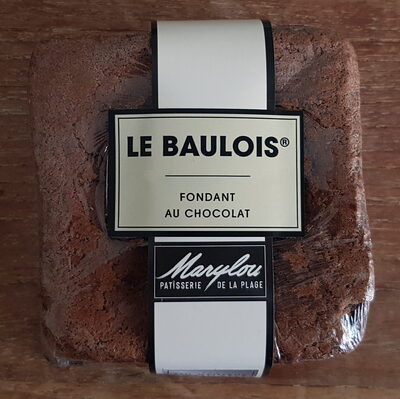Le Baulois® (4 parts) - 320 g
This product page is not complete. You can help to complete it by editing it and adding more data from the photos we have, or by taking more photos using the app for Android or iPhone/iPad. Thank you!
×
Barcode: 3760037820015 (EAN / EAN-13)
Common name: Gâteau au chocolat 4 parts
Quantity: 320 g
Packaging: Plastic, Backing, Cardboard, Film
Brands: Le Baulois, Marylou
Categories: Snacks, Sweet snacks, Biscuits and cakes, Cakes, Chocolate cakes, fr:Fondant au chocolat
Labels, certifications, awards: Made in France, fr:Meilleur fondant au chocolat de France
Origin of the product and/or its ingredients: Fleur de sel de Guérande. Fabriqué en France à La Baule.
Origin of ingredients: France, Guérande
Manufacturing or processing places: La Baule
Traceability code: FR 44.055.001 CE - Baule-Escoublac (Loire-Atlantique, France)
Countries where sold: France
Matching with your preferences
Environment
Carbon footprint
Packaging
Transportation
Report a problem
Data sources
Product added on by kiliweb
Last edit of product page on by fanfan54.
Product page also edited by yuka.KOhOPPSCMu8uGdyO9aZs3ATiCezbLdp8QHs_og, yuka.VjVzTU9ya0tyZUF2dU1SZzhDSEU5dGNzNjU2NVYyTzNGZlZNSVE9PQ, yuka.sY2b0xO6T85zoF3NwEKvlkJZXuuOuiPYbCPfqESvx-2sDs20PuNd-oviP6s.






